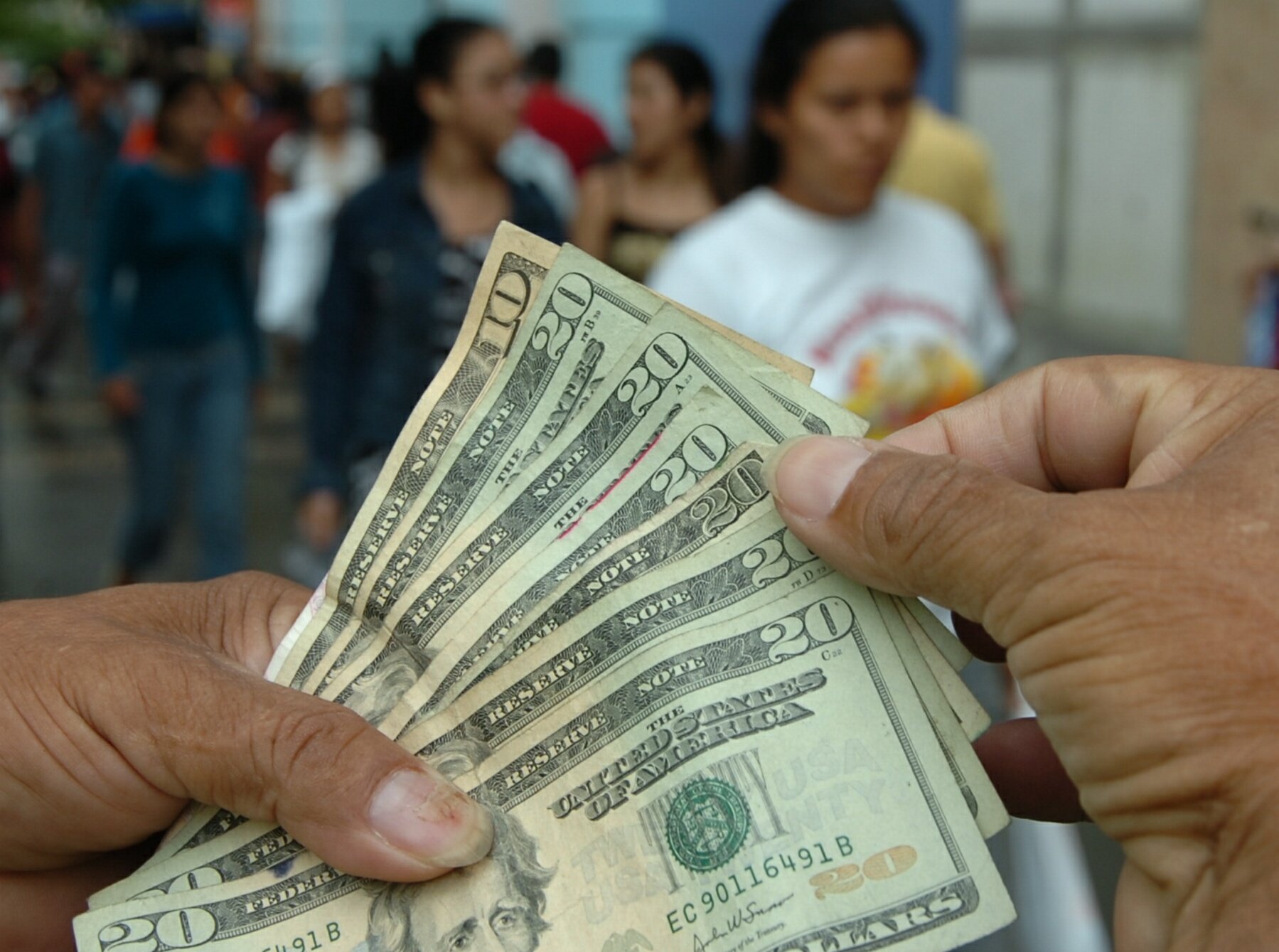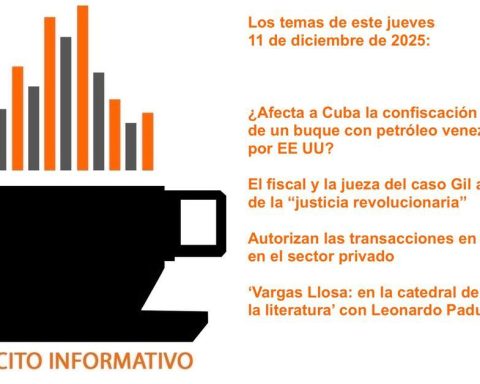Nicaragua continues to breathe new life into its economy with the unprecedented exodus caused by the dictatorship of Daniel Ortega and Rosario Murillo. According to the report of the Central Bank of Nicaragua, in the second quarter of 2024 (April-June), 1,336.9 million dollars in family remittances entered the country, which meant a growth of 11.9 percent, equivalent to 142.2 million more than what was registered in the same period of 2023 (US$1,194.7 million). With this flow, until June 2024, 2,477.8 million dollars in remittances have accumulated.
The United States remains the main contributor of family remittances to Nicaragua with 1,113.6 million dollars, representing 83.3 percent of the total, followed by Costa Rica with 95.4 million dollars (7.1%), Spain with 75.2 million dollars (5.6%), Panama with 13.9 million dollars (1.0%), and Canada with 9.6 million dollars (0.7%), which together represented 97.8 percent of the total.
The monetary entity highlights that direct remittances from the United States registered a growth of 12.0 percent compared to the same period in 2023, followed by Costa Rica, which reflected an increase of 20.3 percent, 13.3 percent from Spain; and 5.5 percent from Canada. Panama, on the other hand, showed a decrease of 9.2 percent compared to the same period in 2023.
Related news: Nicaragua receives 1.14 billion dollars in remittances in the first quarter alone
Of the total accumulated remittance income throughout 2024, the United States led the growth with 12.1 percent, some 2,044.3 million dollars; Costa Rica collected a flow of 185.9 million dollars, for a year-on-year increase of 17.5 percent; and Spain 144.4 million dollars, which means 9.2 percent, year-on-year. Panama accumulated 28.6 million, which represents a decrease of 5.9 percent.
The International Monetary Fund (IMF) forecasts Nicaragua’s economy will grow by 3.5 percent by the end of 2024, driven by record family remittances. In 2023, family remittances accounted for 27.1 percent of Nicaragua’s Gross Domestic Product (GDP). By 2024, that figure is expected to rise to 30 percent.

More than 600,000 Nicaraguans have left the country, mainly heading to the United States, following the political crisis that the country has been experiencing since 2018, representing almost 10% of the total population, according to the organization Nicaragua Nunca Más. The flow of migrants could increase by the end of 2024, according to the same organization.

















